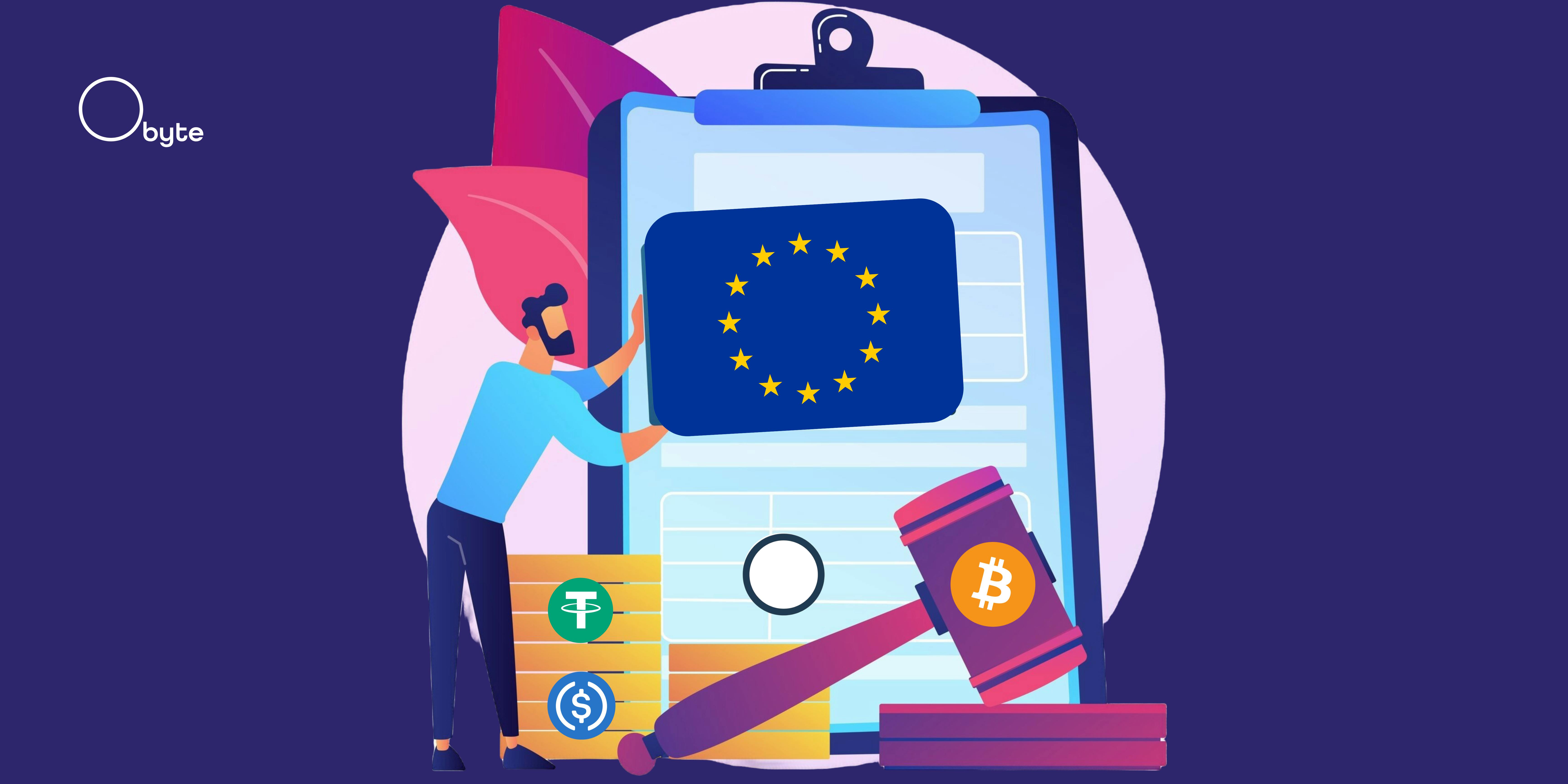Crypto is here to stay, and regulators worldwide know it. The European Union set out to be one of the pioneers in providing regulatory clarity for this industry, and that is how the Markets in Crypto-Assets (MiCA) proposal was born in 2020. This act was designed to regulate crypto-activities across the European Union (EU), offering transparency, consumer protection, and legal certainty for businesses and users.
Today, MiCA is a full-fledged law, whose implementation was completed by the end of 2024. To sum it up a bit, we can say that it mostly applies to businesses with operations inside any of the 27 countries of the EU. They don’t even need to be headquartered there if they’re offering services to EU citizens anyway. There are some strict rules for certain operations with crypto, while others are almost ignored in the meantime.
Let’s explore that quickly.
MiCA reach: Tokens & CASPs
MiCA
Algorithmic stablecoins, which lack explicit reserves and instead depend on mathematical formulas to stabilize their price, are banned under MiCA. At least, for crypto exchanges to deal with them. On the other hand, all token issuers (of stablecoins or any other token type) must publish whitepapers detailing their features and risks, ensuring transparency.
Crypto-Asset Service Providers (CASPs), such as exchanges, custodial wallet providers, and crypto-advising firms, are heavily impacted. They must register in an EU country, maintain at least one EU-based director, and adhere to strict anti-money laundering (AML) and consumer protection standards. CASPs serving over 15 million EU users face stricter oversight as “significant CASPs” (sCASPs). These measures aim to improve security, prevent market abuse, and build user trust —and require more capital from companies.
Stablecoins have drawn significant attention due to their potential impact on monetary sovereignty. MiCA restricts non-European stablecoin issuers from surpassing €200 million in daily transactions. To comply, issuers like Circle have secured EU licenses, while others, such as Tether, face challenges, prompting exchanges to delist their tokens for EU customers.
As MiCA’s implementation phase continues, starting full application in December 2024, its effects are becoming clearer. With stablecoin rules already in force
Outside MiCA Reach
We can say this is a comprehensive law, but it doesn’t cover every aspect of the crypto world. Some crypto assets and activities fall outside its scope. For instance,
Decentralized applications (Dapps), decentralized autonomous organizations (DAOs), and decentralized finance (DeFi) projects
As we can see, this law mostly applies to intermediaries, who are required to comply with the Anti-Money Laundering (AML) and Counter-Financing of Terrorism (CFT) rules. In other words, companies that must identify their customers and offer reports to authorities, like any other bank. This is the main change, if there’s any, that crypto users in the EU would face with MiCA: identify themselves and their transactions when dealing with centralized crypto services (exchanges, funds, custodial wallets, etc.). But that’s not exactly unfamiliar at this point, in most parts of the world.
In any case, EU citizens still can legally use decentralized crypto ecosystems, services and assets. For instance,
Featured Vector Image by vectorjuice /













